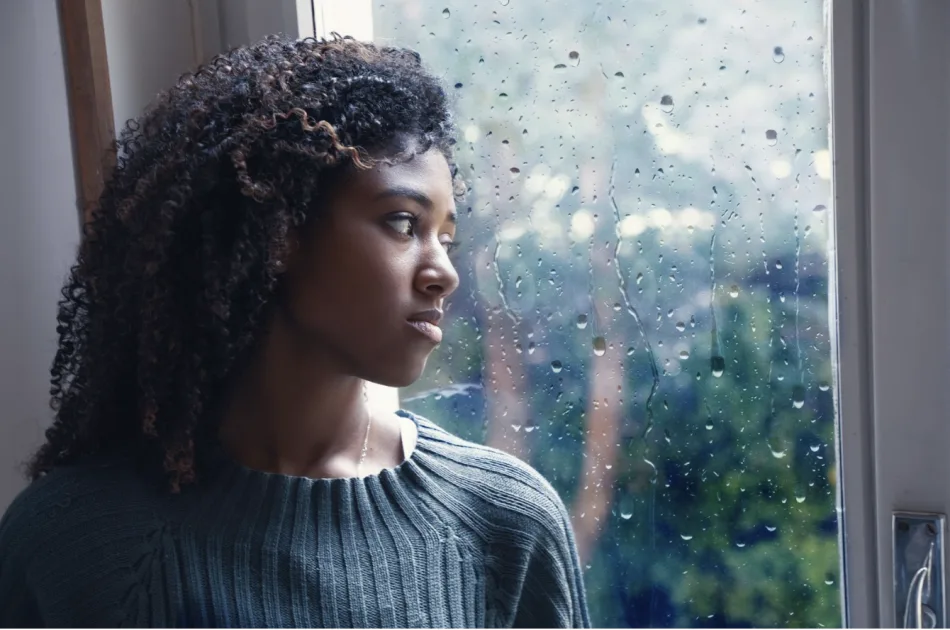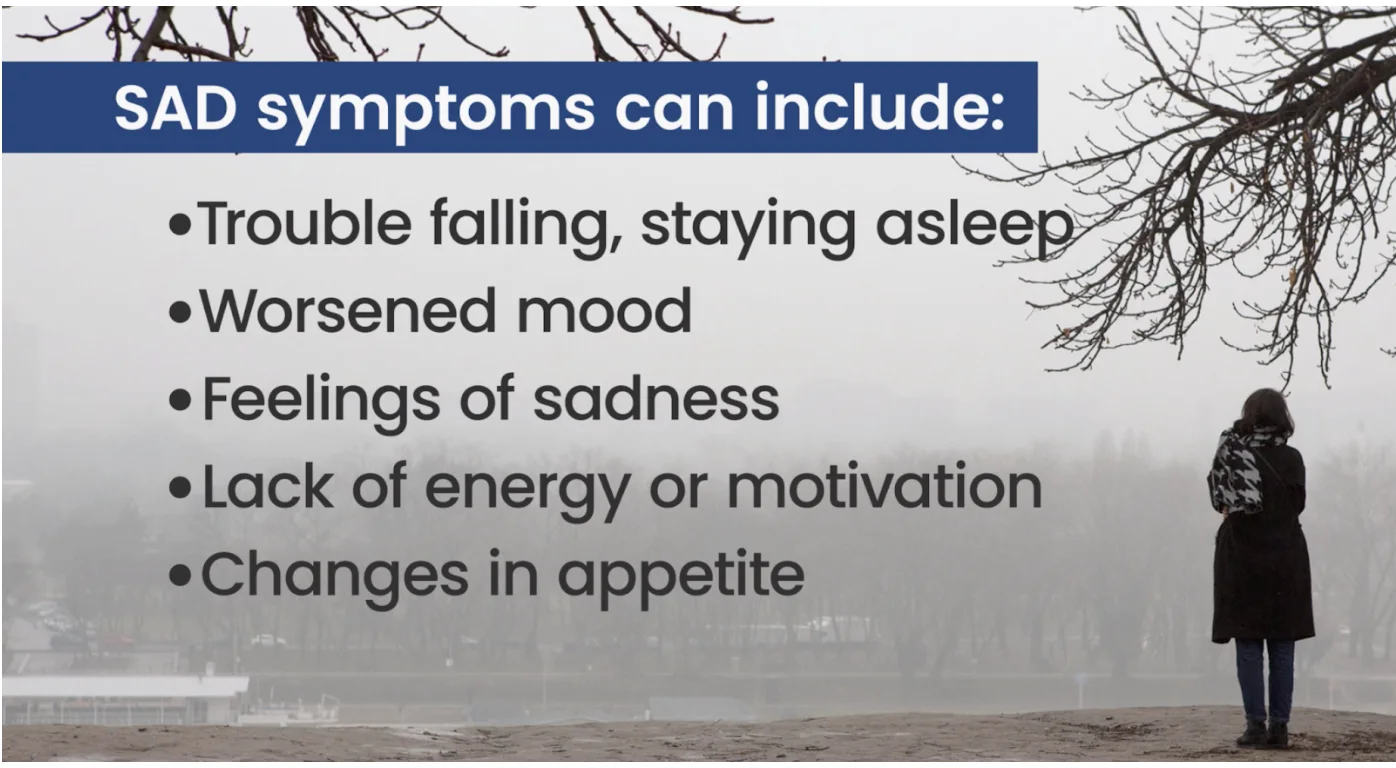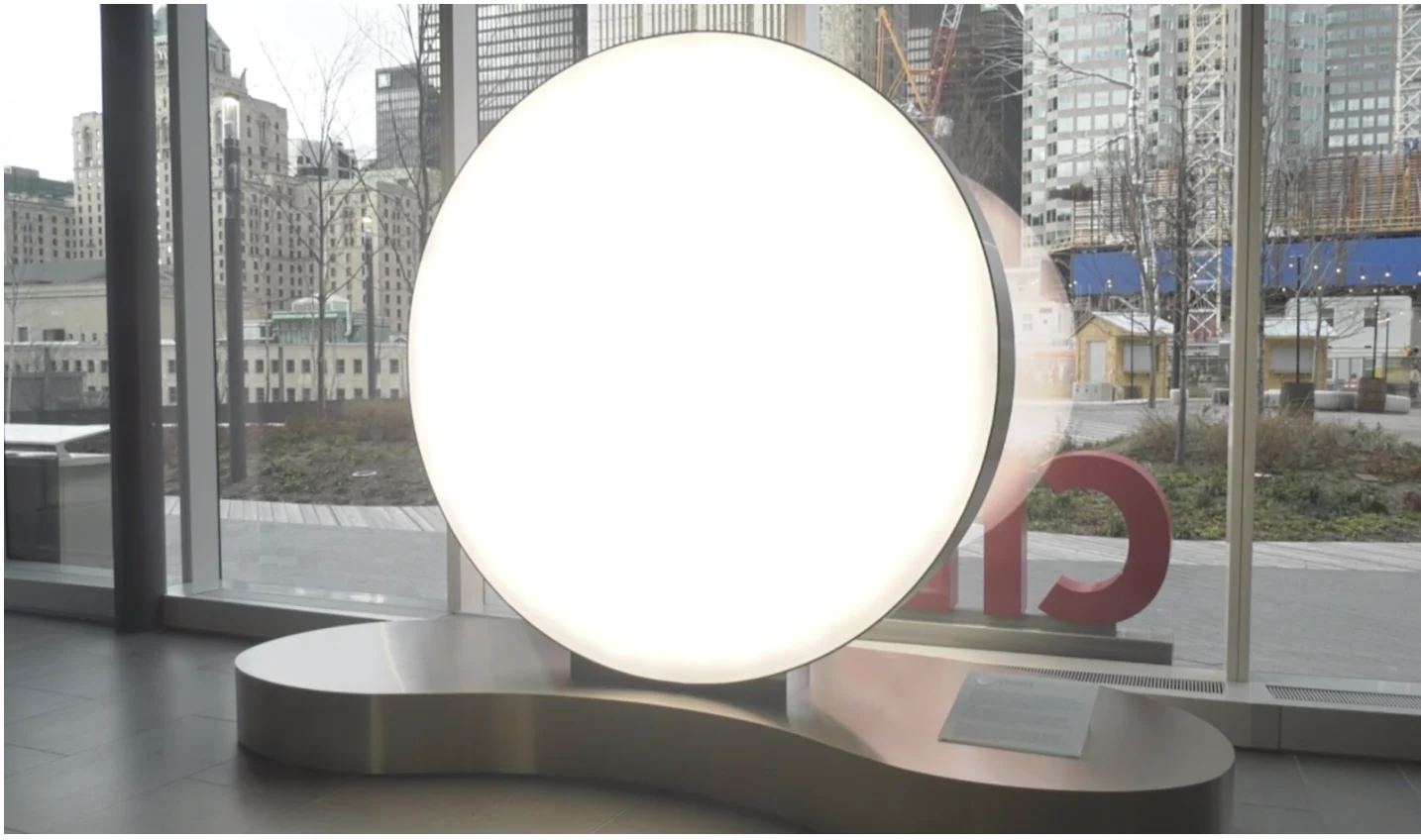
Shining a spotlight on seasonal affective disorder (SAD)
Winter blues are said to peak on the third Monday in January – sometimes referred to as Blue Monday
Have you ever heard the phrase 'the winter blues', or maybe you've even felt it? Seasonal affective disorder (SAD) is a type of depression that comes and goes with the changing of the seasons, often striking in the winter months when Mother Nature dims her lights.
“In winter and fall, we get a drop in light exposure and we'd like to think that it's the drop in light exposure on average that causes these depression symptoms,” explained Dr. Michael Mak, psychiatrist and sleep specialist at the Center for Addiction and Mental Health (CAMH).
Symptoms of SAD can include:
sleep problems
worsened mood
lack of energy and motivation
changes to appetite
withdrawal from family members and friends
trouble concentrating, remembering and making decisions

SEE ALSO: 5 vitamins to help instantly kickstart your health-care routine
According to Dr. Mak, one third of all Canadians experience symptoms of SAD during the winter months - while 5 per cent of Canadians experience symptoms of high severity that dramatically impact their mental health for the worse.
“In the most severe forms, a person may lose their meaning...lose their will to live," explained Dr. Mak. "If you meet those criteria, or have five of those symptoms [listed above], and it's causing you a problem in your life, then that's the time you want to speak with a doctor.”
If you experience some degree of SAD, one way to combat it is through a method called light therapy. According to Dr. Mak, exposing yourself to a light with a specific level of brightness – usually one with 10,000 lux – for half-an-hour a day can help ease some symptoms.
“Believe it or not, it’s a treatment for straight depression as well,” he continued.
Communities across Canada are working to bring back the light in times when it's short of supply by installing light emitting lamps that mimic sunlight within universities, public libraries, and high traffic areas like CIBC Square in downtown Toronto.
“It's called Visoleil," said CIBC Square's general manager David Hoffman. "It's a functional art piece that mimics the wellness attributes of the sun during the winter months when access to natural light is diminishing.”

Visoleil sculpture installed in Toronto, Ont. (The Weather Network)
The 8-foot circular sculpture generates full-spectrum bright light that may help improve circadian rhythm alignment, alertness and mood. The goal is to help community members get an extra boost of energy overall.
“I think it serves as a constant reminder and it asks us to take a moment to reset and to restore ourselves,” Hoffman added.
Along with treatment, one of the best ways to shine a light on seasonal affective disorder is to talk about it. Dr. Mak hopes Canadians will continue to break down the stigma surrounding mental health, brick by brick, by confiding in friends, family and mental health specialists.
“A lot of us develop depression symptoms during the winter months. And if you do have these symptoms, talk to your friends, talk to your family members and ask for help if you need,” advised Dr. Mak.
If you are experiencing symptoms of SAD and need help, click here for some mental health resources.
WATCH: Is 'Blue Monday' really the saddest day of the year?
Thumbnail credit: Getty Images











